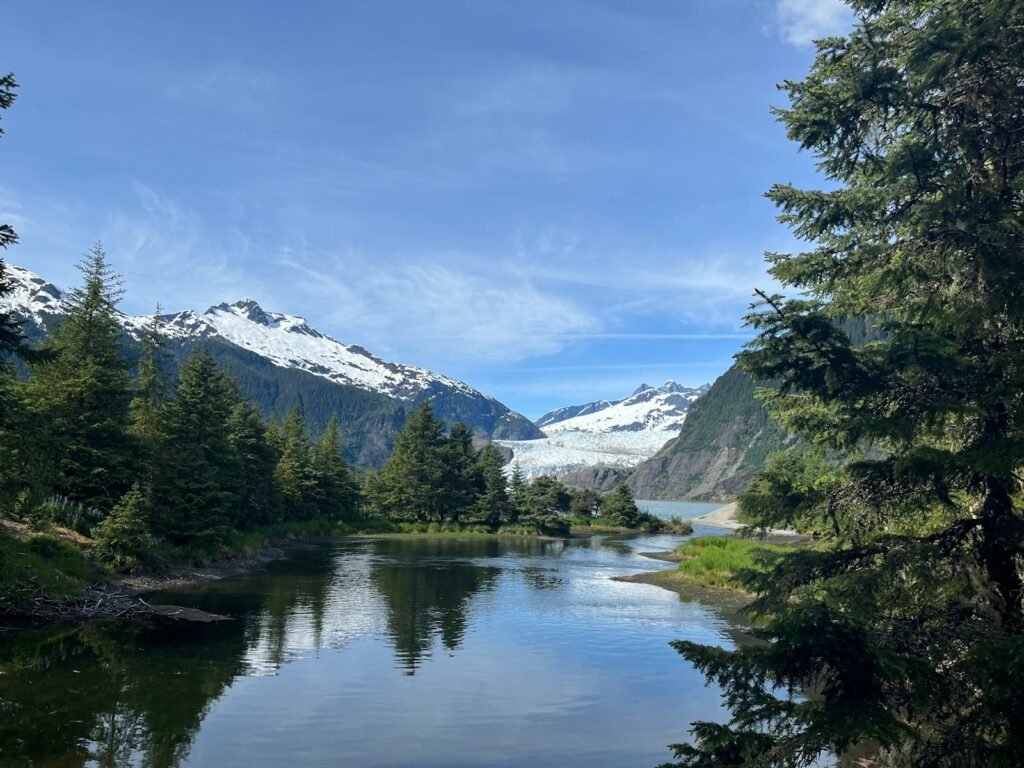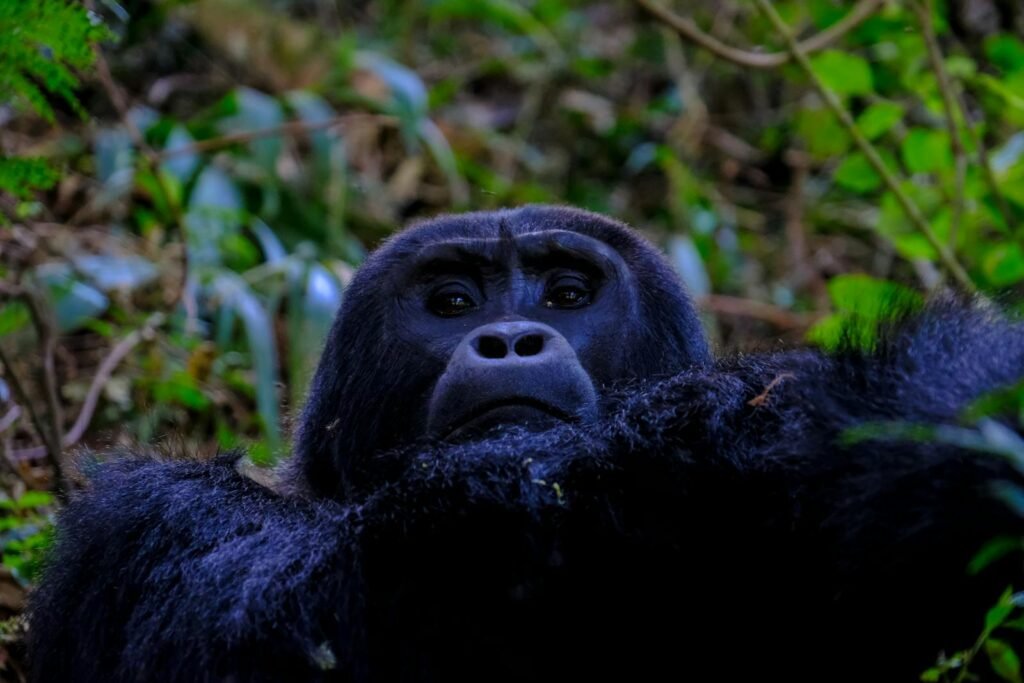Deep beneath the world’s most massive ice sheets, a hidden network of rivers flows in complete darkness, carrying secrets that could reshape everything we thought we knew about rising seas. These underground waterways, invisible to the naked eye and buried under miles of ice, are quietly orchestrating one of the most dramatic environmental changes of our time. Scientists have only recently begun to understand their power, and what they’re discovering is both fascinating and alarming.
The Hidden World Beneath Our Feet

Imagine a vast underground highway system, but instead of cars, it carries rushing water beneath glaciers the size of entire countries. These subglacial rivers have been flowing for thousands of years, carving channels through bedrock and creating a complex drainage network that spans hundreds of miles. They’re not just small streams either – some of these buried waterways are larger than major rivers like the Thames or Hudson. The water moves through these channels at surprising speeds, sometimes reaching velocities that would make white-water rafting look tame. What makes this discovery so groundbreaking is that these rivers directly control how fast glaciers slide toward the ocean, acting like a massive conveyor belt system beneath the ice.
How Scientists Discovered These Invisible Waterways

Finding rivers buried under miles of ice might sound impossible, but researchers have developed ingenious methods to peer into this hidden world. They use ice-penetrating radar that can see through thousands of feet of frozen water, creating detailed maps of the landscape below. Seismic monitoring stations pick up the subtle vibrations caused by rushing water, much like how doctors use stethoscopes to hear heartbeats. Satellite imagery also plays a crucial role, tracking tiny changes in ice surface elevation that reveal the presence of water flowing beneath. These technological marvels have allowed scientists to create the first comprehensive maps of subglacial river systems, revealing a world that was completely unknown just decades ago.
The Surprising Connection Between Underground Water and Glacier Speed

Think of these subglacial rivers as nature’s own lubrication system for massive ice sheets. When water flows beneath glaciers, it reduces friction between the ice and the bedrock below, allowing glaciers to slide toward the ocean much faster than they would on dry ground. It’s similar to how a thin layer of water makes a slip-and-slide work – the ice literally glides over the wet surface. This process, called basal sliding, can increase glacier movement by up to ten times compared to glaciers sitting on dry bedrock. The more water flowing beneath the ice, the faster the glacier moves, and the more ice ends up in the ocean. This relationship is so strong that scientists can now predict glacier behavior by monitoring the water flow patterns beneath them.
Why Traditional Sea Level Models Were Missing the Mark

For decades, climate scientists built their sea level rise predictions on the assumption that glaciers moved at relatively predictable, slow rates. They calculated how much ice would melt from the surface due to warming temperatures, but they largely ignored what was happening underneath. This oversight was like trying to predict traffic flow while ignoring the highway system – you’re missing a huge part of the picture. The discovery of extensive subglacial river networks has forced researchers to completely rethink their models. Old predictions that seemed conservative now appear dangerously optimistic, as they failed to account for the accelerating effect of these hidden waterways. This revelation has sent shockwaves through the scientific community, prompting urgent revisions to global sea level projections.
The Greenland Ice Sheet’s Secret River Network

Beneath Greenland’s massive ice sheet lies one of the world’s most extensive subglacial river systems, spanning an area larger than the entire state of California. These rivers collect meltwater from the ice surface and channel it through a maze of tunnels and caverns carved into the bedrock over millennia. The largest of these rivers carries more water than the Colorado River, flowing year-round even in the depths of Arctic winter. Scientists have discovered that this network is incredibly dynamic, with new channels forming and old ones closing as the ice sheet responds to seasonal changes. What’s particularly alarming is that as global temperatures rise, more surface water is feeding into this system, potentially accelerating the entire ice sheet’s journey toward the sea.
Antarctica’s Hidden Waterways Tell a Different Story

While Greenland’s subglacial rivers are fed primarily by surface meltwater, Antarctica’s buried waterways have a different origin story. Deep beneath the Antarctic ice sheet, geothermal heat from the Earth’s core melts the bottom of the ice, creating a network of lakes and rivers that have been flowing for millions of years. Lake Vostok, buried under more than two miles of ice, is larger than Lake Ontario and connects to a vast system of subglacial waterways. These ancient rivers carry water that has been trapped beneath the ice for hundreds of thousands of years, creating a pristine environment that might harbor unique forms of life. The discovery of these systems has revealed that Antarctica is far more dynamic than previously thought, with water constantly moving beneath the ice sheet.
How Warming Temperatures Are Supercharging Subglacial Flow
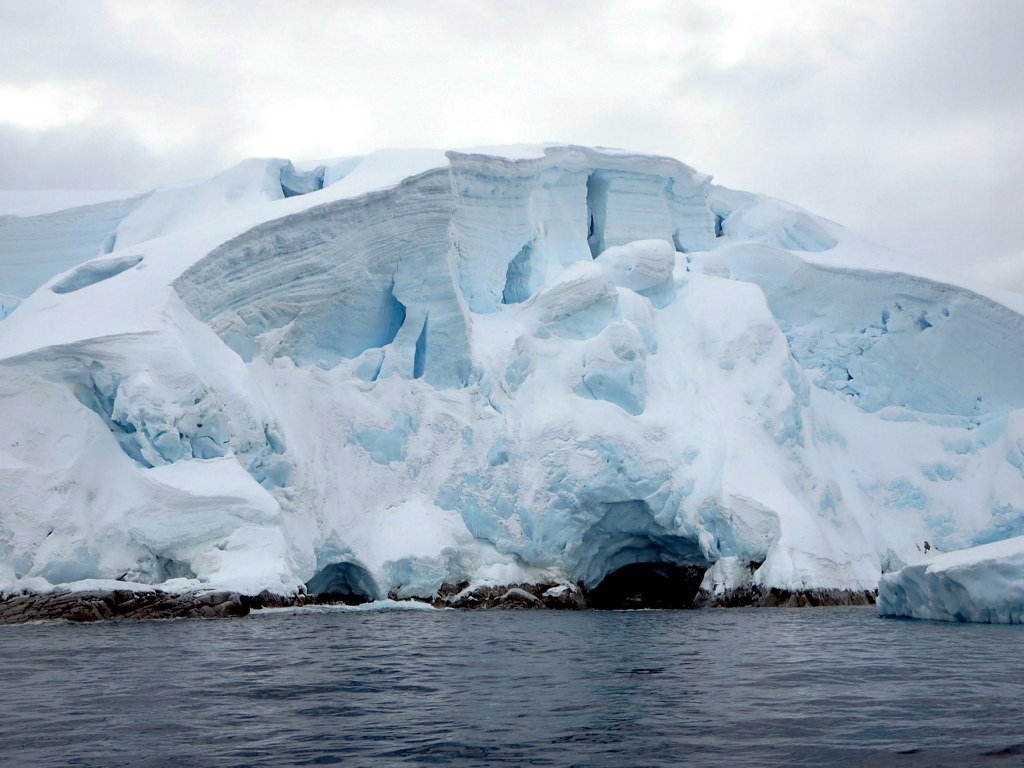
Climate change is acting like a giant accelerator for these underground river systems. As surface temperatures rise, more ice melts on the surface of glaciers, and this water finds its way down through cracks and crevices to the bedrock below. It’s like opening the floodgates – the more water that reaches the base of the glacier, the faster it slides toward the ocean. Scientists have observed that even small increases in surface temperature can dramatically increase the volume of water in subglacial rivers. This creates a dangerous feedback loop: faster-moving glaciers expose more ice to warm ocean water, which causes more melting, which creates more water to lubricate the glacier’s base. The process is accelerating at a rate that has surprised even the most experienced glaciologists.
The Domino Effect on Coastal Cities Worldwide

The implications of these subglacial discoveries extend far beyond academic research – they directly threaten millions of people living in coastal areas around the world. Cities like Miami, New York, London, and Tokyo are now facing the reality that sea level rise could happen much faster than originally predicted. The additional water from rapidly sliding glaciers could add several feet to global sea levels within decades rather than centuries. Coastal infrastructure, from subway systems to airports, was built based on older, more conservative sea level projections that didn’t account for subglacial river effects. This means that billions of dollars in infrastructure investments may be inadequate to protect against the coming deluge.
Tipping Points in Glacier Behavior

One of the most concerning discoveries about subglacial rivers is their role in creating irreversible tipping points in glacier behavior. Once a glacier begins sliding rapidly due to increased water flow beneath it, the process can become self-sustaining and impossible to stop. It’s like a massive boulder rolling down a hill – once it gains enough momentum, it becomes unstoppable regardless of external conditions. Scientists have identified several glaciers that appear to be approaching or have already crossed these tipping points, particularly in West Antarctica and Greenland. These glaciers could continue their rapid retreat even if global warming were to stop completely tomorrow. The discovery of these tipping points has added urgency to climate action efforts worldwide.
Revolutionary Monitoring Technologies

To better understand these hidden river systems, scientists have developed cutting-edge technologies that sound like science fiction. Autonomous underwater robots navigate through flooded subglacial caverns, collecting data in environments no human could survive. Fiber optic cables are being threaded through ice boreholes to create real-time monitoring networks that can detect changes in water flow instantly. Satellite radar systems can now measure ice movement to within millimeters, revealing the subtle signatures of subglacial water flow. These technological advances are providing unprecedented insights into how these systems work, but they’re also revealing just how much we still don’t know about the world beneath our feet.
The Race Against Time in Arctic Research
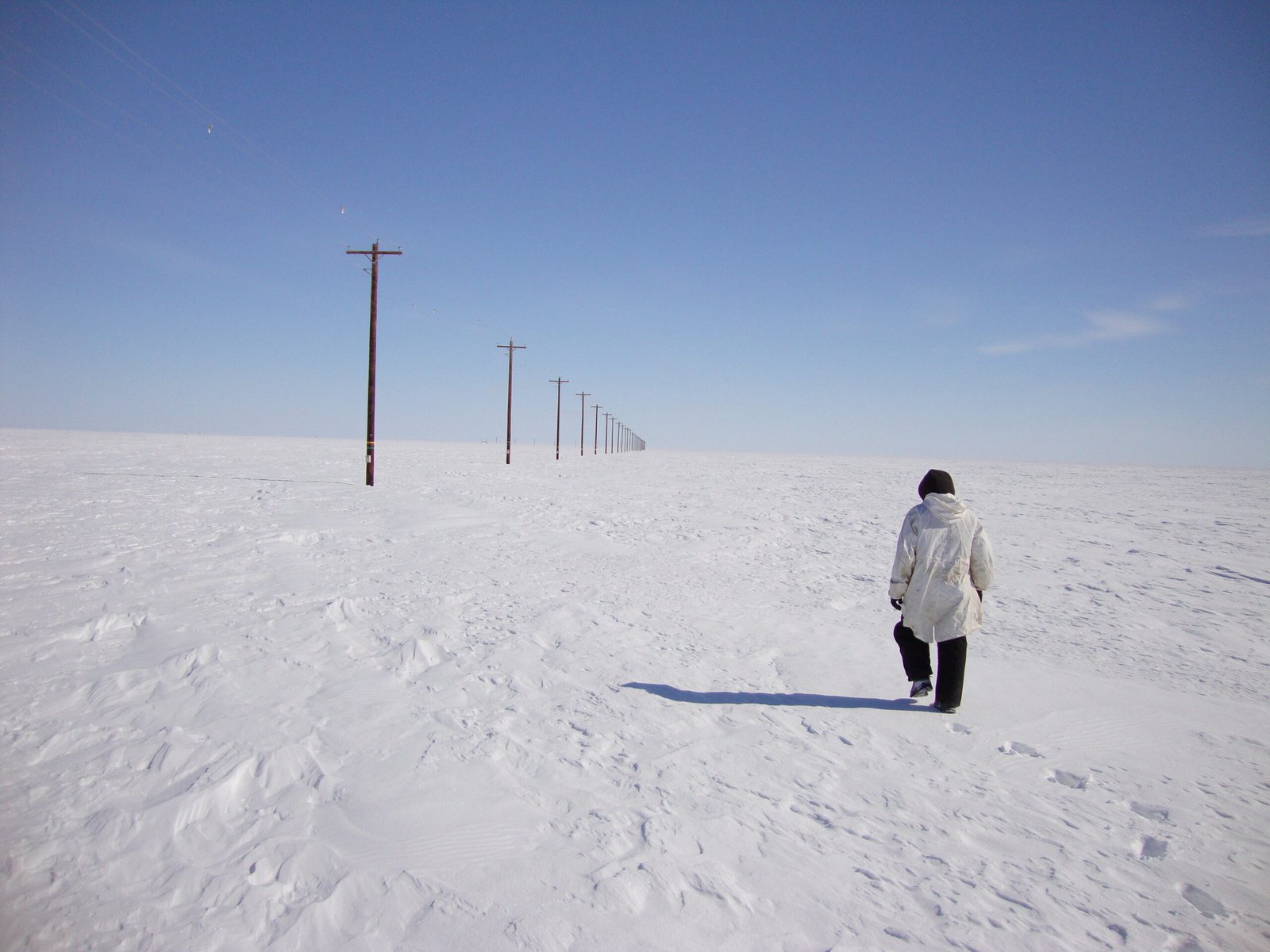
Studying subglacial rivers is extremely challenging because the evidence is constantly changing as glaciers move and melt. It’s like trying to map a river system that’s being rewritten every day. Researchers are working in some of the most remote and dangerous environments on Earth, often in temperatures that can freeze exposed skin in minutes. The harsh conditions mean that every research expedition is expensive and risky, limiting the amount of data scientists can collect. Despite these challenges, international research teams are working around the clock to gather as much information as possible before critical glaciers disappear entirely. The urgency is palpable – scientists know they’re racing against time to understand these systems before they’re lost forever.
Unexpected Discoveries About Ice Sheet Stability

The study of subglacial rivers has revealed that ice sheets are far less stable than previously thought. Traditional models assumed that ice sheets responded slowly to climate changes, taking centuries or millennia to significantly alter their behavior. However, the discovery of extensive subglacial drainage networks has shown that ice sheets can respond to climate changes within years or even months. Some glaciers have been observed to double their speed of movement in just a few years as their subglacial river systems became more active. This newfound understanding of ice sheet dynamics has forced scientists to reconsider fundamental assumptions about how ice sheets behave and respond to environmental changes.
The Global Ocean Circulation Connection
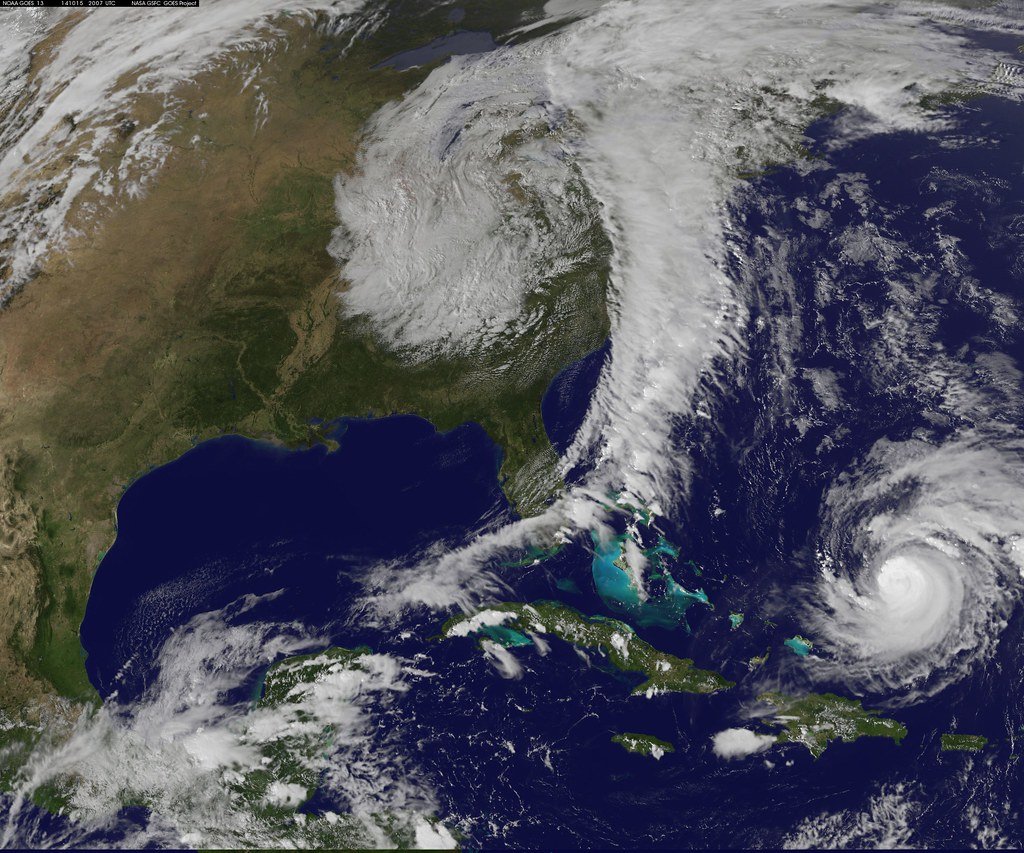
Subglacial rivers don’t just affect local glacier behavior – they’re also changing global ocean circulation patterns in ways scientists are only beginning to understand. When these rivers discharge massive amounts of fresh water into the ocean, they can disrupt the delicate balance of salt and temperature that drives ocean currents. It’s like throwing a wrench into a finely tuned machine – the effects ripple outward and can influence weather patterns thousands of miles away. The additional fresh water from subglacial rivers is already affecting the North Atlantic current system, which helps regulate temperatures across Europe and North America. These changes could have far-reaching consequences for global climate patterns, potentially altering rainfall patterns and storm systems worldwide.
Implications for Arctic Wildlife

The changing dynamics of subglacial rivers are creating ripple effects throughout Arctic ecosystems that scientists are only beginning to document. As glaciers retreat more rapidly due to increased basal sliding, they’re exposing new landscapes and creating new habitats at an unprecedented rate. Marine ecosystems are being disrupted as massive amounts of fresh water from subglacial rivers change ocean chemistry and temperature patterns. Polar bears, seals, and other Arctic wildlife are facing rapidly changing conditions as their icy habitat becomes increasingly unstable. The speed of these changes is outpacing the ability of many species to adapt, potentially leading to cascading effects throughout the Arctic food web.
Economic Impacts Beyond Sea Level Rise

The discovery of subglacial rivers and their role in accelerating ice loss has implications that extend far beyond coastal flooding. Insurance companies are already reassessing their risk models for coastal properties, potentially making flood insurance unaffordable for millions of homeowners. The shipping industry is grappling with the reality that major ports may need to be relocated or extensively modified to deal with higher sea levels. Tourism industries in coastal areas are facing an uncertain future as beaches disappear and coastal attractions become submerged. The economic disruption could be staggering, with estimates suggesting that accelerated sea level rise could cost the global economy trillions of dollars in the coming decades.
Technological Solutions and Adaptation Strategies

As scientists better understand subglacial river systems, they’re also developing innovative solutions to monitor and potentially mitigate their effects. Some researchers are exploring the possibility of artificially controlling water flow beneath glaciers, though such interventions would be enormously complex and expensive. Early warning systems are being developed to provide coastal communities with better predictions of when and where rapid ice loss might occur. Advanced modeling systems that incorporate subglacial river dynamics are being used to create more accurate sea level rise projections for specific regions. While these technological solutions offer hope, they also highlight the enormous challenge of adapting to rapid changes in Earth’s ice systems.
The Urgency of Climate Action

The discovery of subglacial rivers has added a new dimension of urgency to global climate action efforts. Traditional climate models suggested that we had decades or centuries to adapt to sea level rise, but the reality of rapidly sliding glaciers means that time may be much shorter than expected. The water flowing beneath glaciers today was originally ice that formed decades or centuries ago, meaning that current warming is already locked into the system and will continue to affect glacier behavior for years to come. This lag effect means that even if global warming stopped immediately, subglacial rivers would continue to accelerate ice loss for decades. The implications are sobering – we may already be committed to significant sea level rise regardless of future climate policies.
Looking Toward an Uncertain Future

The study of subglacial rivers represents a fundamental shift in how we understand Earth’s ice systems and their role in shaping our planet’s future. These hidden waterways, flowing in perpetual darkness beneath some of the world’s largest ice sheets, hold the key to understanding one of the most pressing challenges of our time. As research continues to reveal new aspects of these systems, one thing becomes increasingly clear – the relationship between ice, water, and climate is far more complex and dynamic than we ever imagined. The rivers flowing beneath glaciers today are writing the script for tomorrow’s coastlines, and their story is still being written. What new discoveries await us in the depths below, and how will they reshape our understanding of our changing world?

